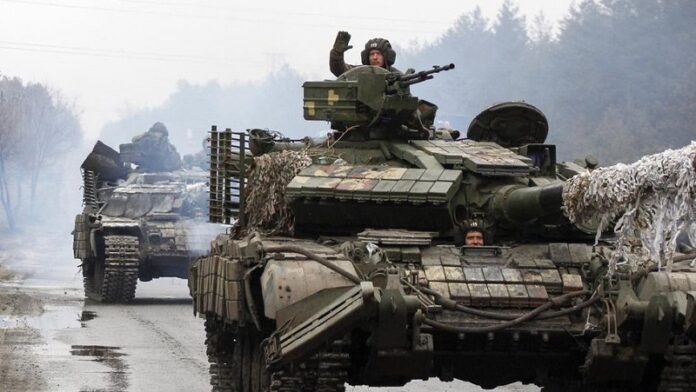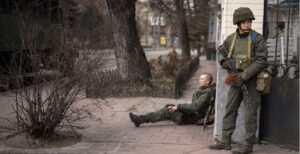
History shows that it’s much easier to start a war than to end one.
That’s certainly true of the US-led invasion of Afghanistan in 2001 and Iraq in 2003. And it might turn out to be the same for President Vladimir Putin in Ukraine.
There’s an old axiom that military plans never survive the first contact with the enemy. It certainly appears to be true for Russia’s forces in Ukraine.
Ed Arnold, an expert on European security at the Royal United Services Institute (Rusi), describes Russia’s initial assault as “underwhelming” and “slower than expected”.
He points to a number of reasons. Military doctrine for an invasion, he says, is usually “to go for overwhelming force”. While Russia had massed between 150,000 and 190,000 troops on the border, so far it hasn’t used them all.
That might be because Russia will need them for later phases of the invasion. It’s normal for militaries to keep reserves as they adjust plans.
Western officials estimate that the initial assault involved about half of the forces it’s massed. The initial invasion has been further complicated by attacks from multiple directions.
Russia also hasn’t used its artillery and air strikes as intensively as expected. But Mr Arnold adds: “A key point is that they are facing very stiff Ukrainian resistance, which I don’t think they expected.”









